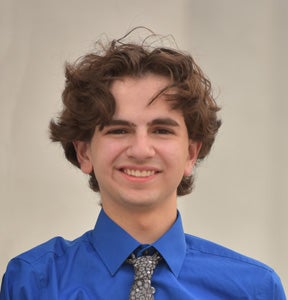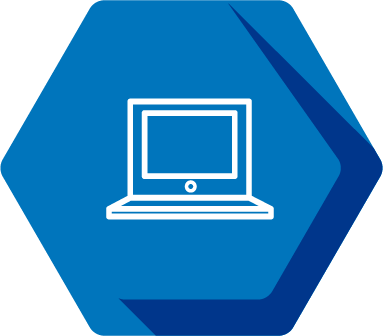Daniel Calco

Pronouns: he/him
Research Mentor(s): Kimberlee Kearfott, Professor
Research Mentor School/College/Department: Nuclear Engineering and Radiological Sciences/Biomedical Engineering, College of Engineering
Presentation Date: Thursday, April 22, 2021
Session: Session 3 (1pm-1:50pm)
Breakout Room: Room 16
Presenter: 4
Abstract
Virtual reality (VR) is a rapidly developing field with many applications as it progresses in accessibility. One such possibility is the idea of using VR as an immersive simulation for career exploration and training. This team aimed to create such an experience with the technology of a virtual reality headset, creating a game to teach radiation protection principles in a safe and controlled environment. Dealing first hand with radioactive materials requires many layers of paperwork and protection to show a live demonstration, while this technology gives a gateway to the next-best opportunity: an experience where one is able to move in a three-dimensional space and interact with objects on a semi-realistic scale. The game was developed in the Unity game engine, and produced for the Oculus Quest. Using the tenants of iterative game design, the team worked to produce a game that felt engaging, yet realistic to play. While the game is still in development, the project has still revealed many facets about the efficiency of modelling a game with these tools. While the Unity engine does have dedicated assets for VR game production, development with the quest can be arduous at times, requiring long wait times to build new iterations of the game. Along with this, the Quest is still an expensive technology that may not be accessible to all interested parties. Due to this, the team expects the game to be a valuable training asset, but still one that could be improved with different technology or implementation on a different platform.
Authors: Daniel Calco, Nikita Abbaraju, Aiden Sable, Xinyi Zheng, Braden Saltus, Kimberlee Kearfott
Research Method: Computer Programming






